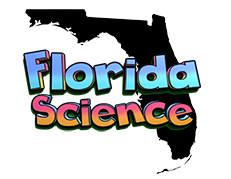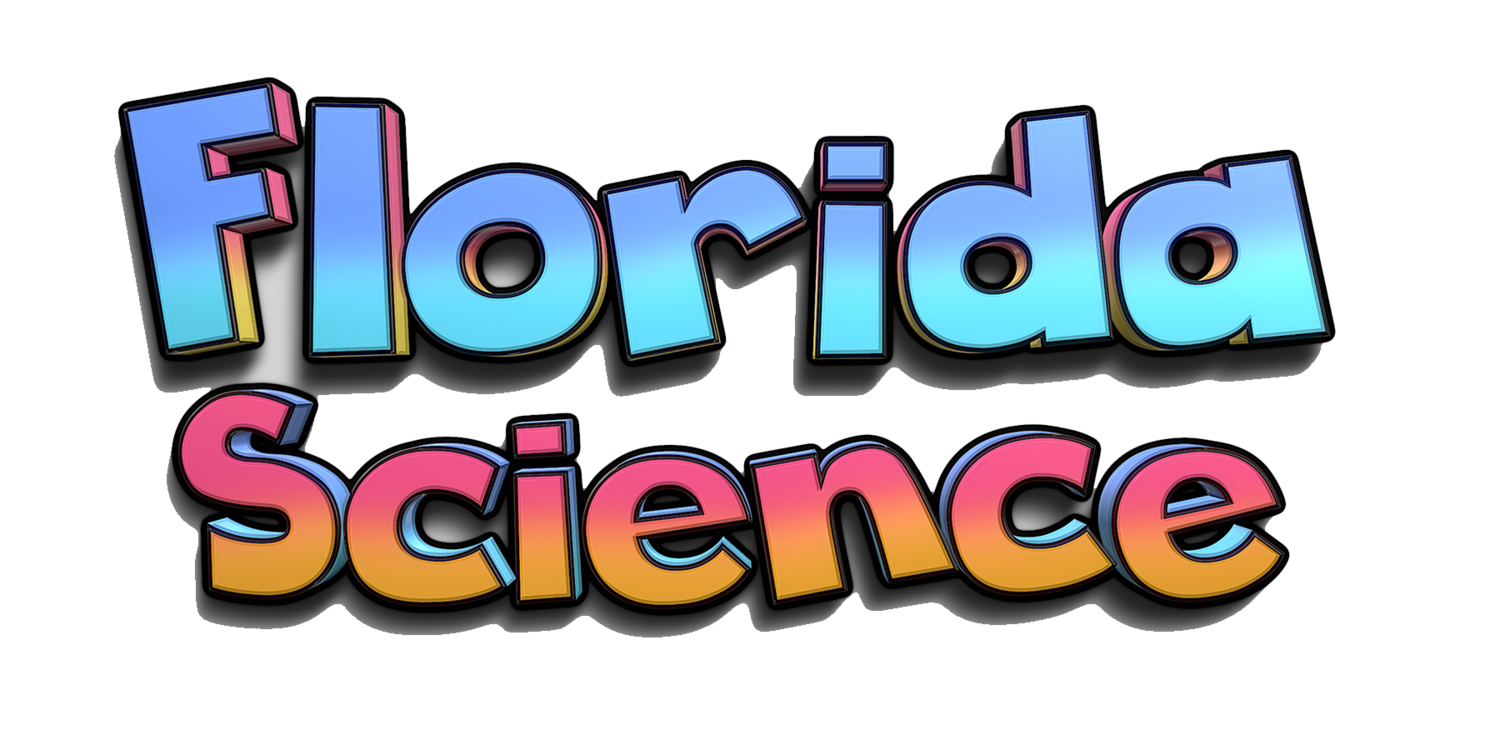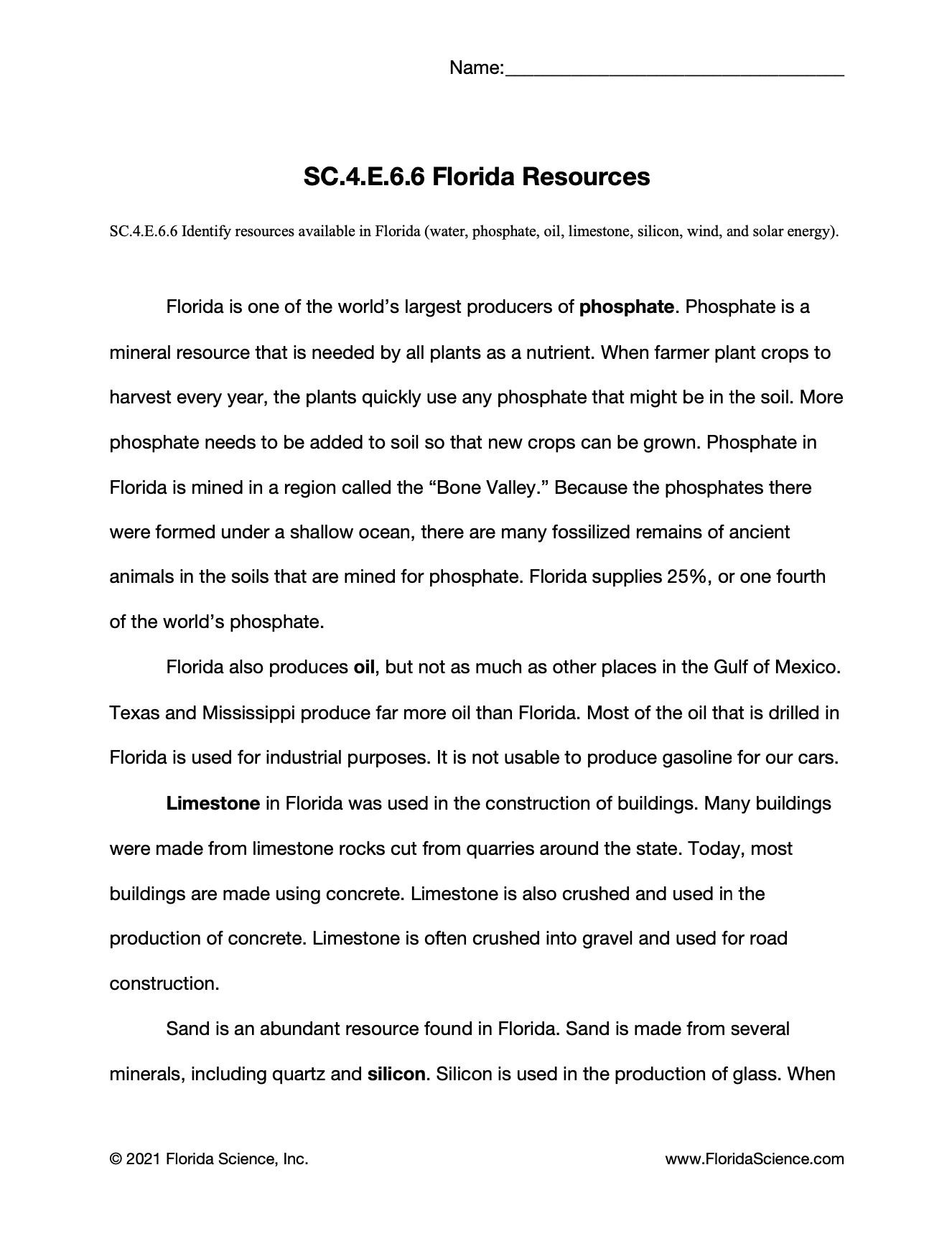 Image 1 of 3
Image 1 of 3

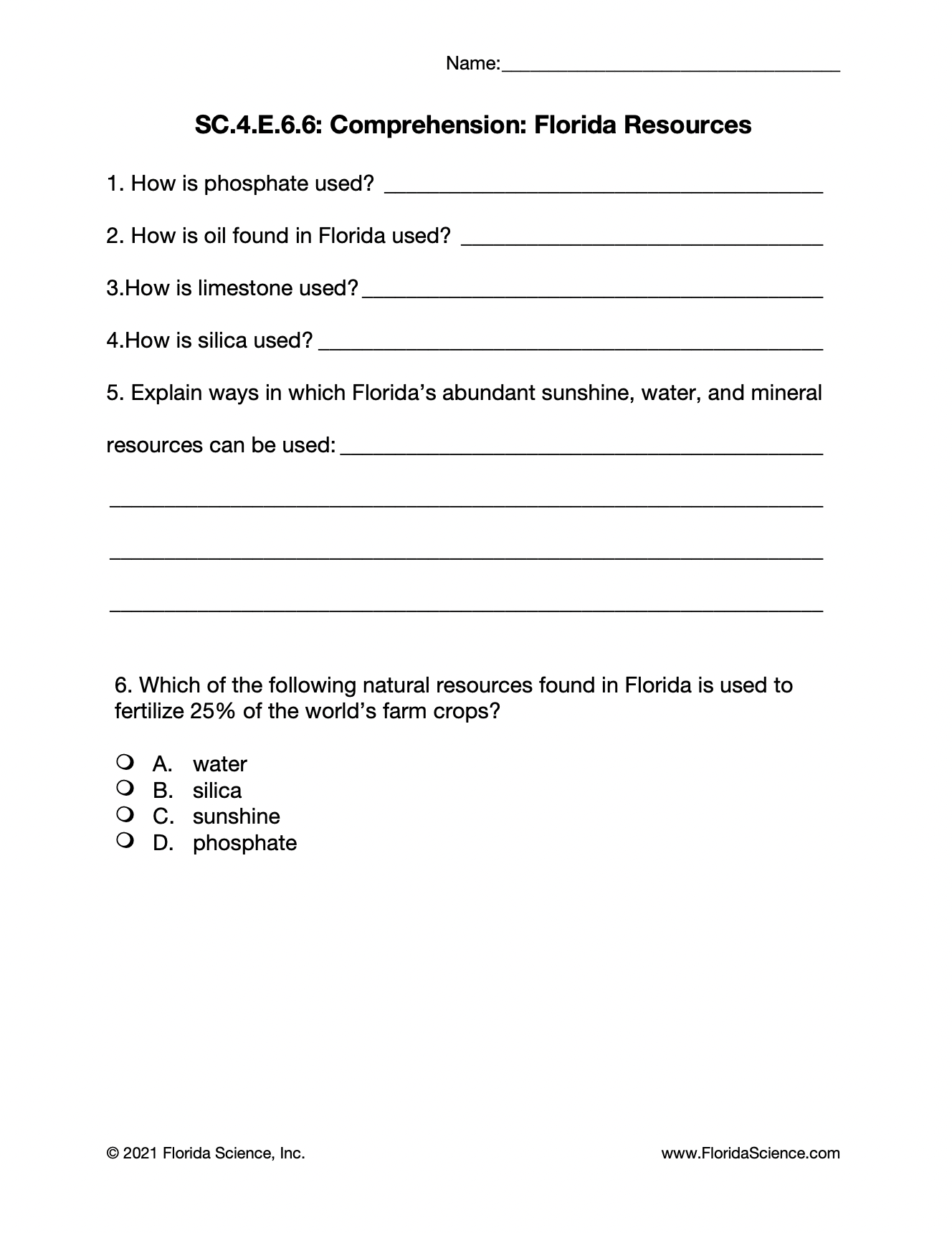 Image 2 of 3
Image 2 of 3

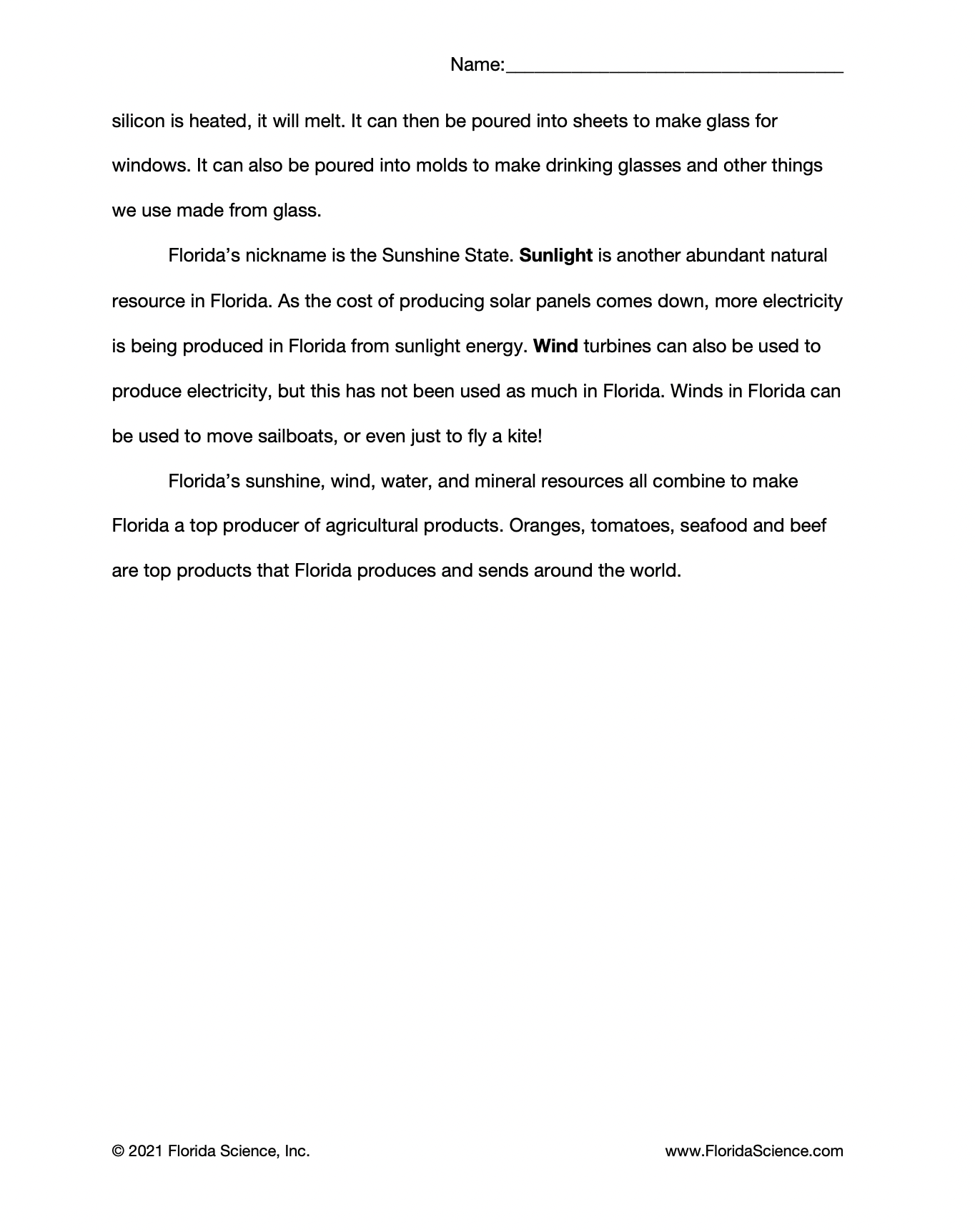 Image 3 of 3
Image 3 of 3




SC.4.E.6.6 Florida Resources: Printable PDF
$1.99
Reading passage and comprehension questions.
Purchasing this product licenses the purchasing teacher rights to reproduce for students taught by that teacher. Additional licenses must be purchased for additional teachers.
Add To Cart
Reading passage and comprehension questions.
Purchasing this product licenses the purchasing teacher rights to reproduce for students taught by that teacher. Additional licenses must be purchased for additional teachers.
Reading passage and comprehension questions.
Purchasing this product licenses the purchasing teacher rights to reproduce for students taught by that teacher. Additional licenses must be purchased for additional teachers.
